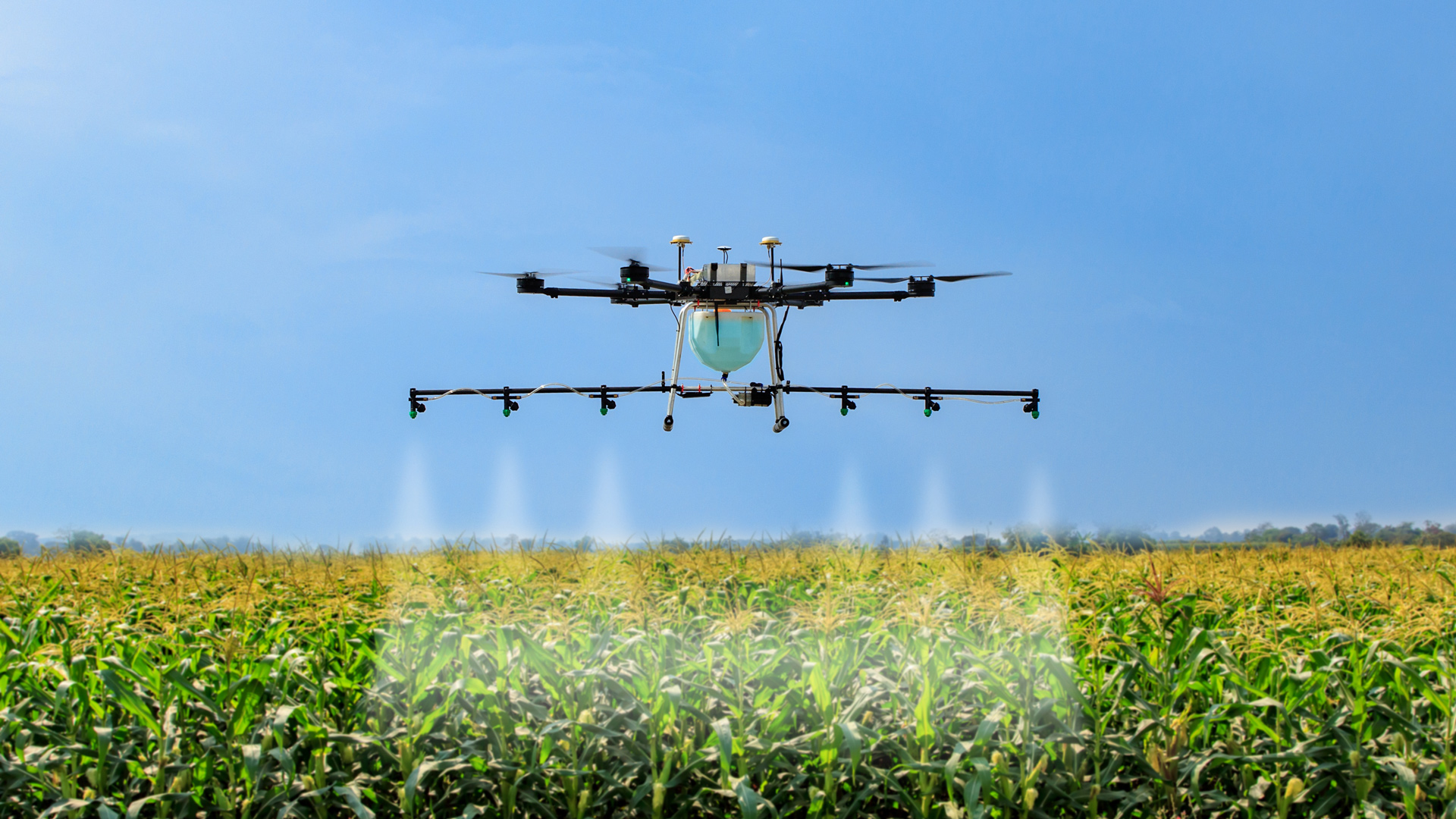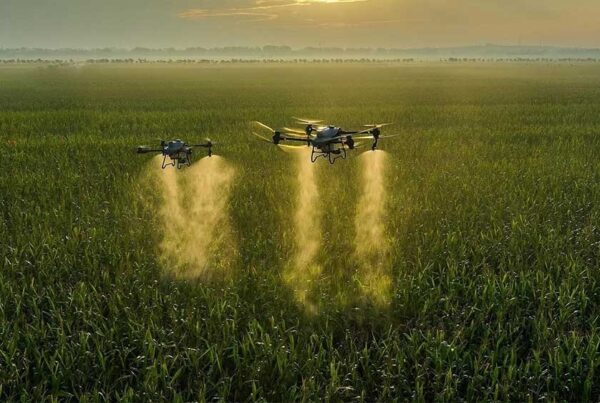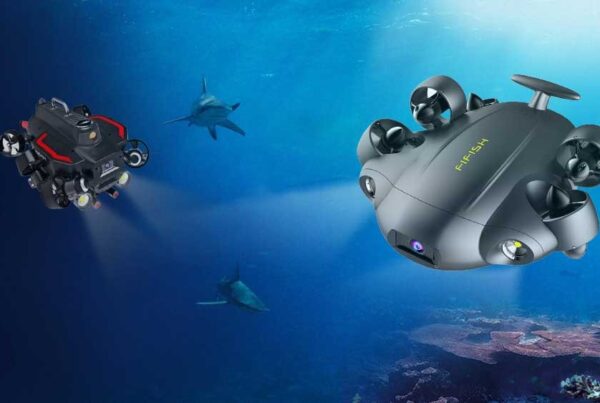
Technology is playing a critical role in transforming traditional farming practices in the ever-changing landscape of modern agriculture. Agriculture drones are one such game-changing innovation, revolutionizing how farmers manage their crops and land. In this blog post, we will look at the fundamentals of agriculture drones and the numerous benefits they provide to the farming industry.
Understanding Agriculture Drones:
Agriculture drones, also known as unmanned aerial vehicles (UAVs) or Unmanned Aircraft Systems (UAS), are flying machines with a variety of sensors and imaging capabilities. These drones are intended to capture high-resolution images and data, which will provide farmers with valuable insights into crop health, soil conditions, and overall field performance.
Key Features and Components:
Multispectral Cameras: Agriculture drones are frequently outfitted with multispectral cameras capable of capturing imagery beyond the visible spectrum. Farmers can assess crop health by identifying variations in plant color and health indicators that would otherwise be invisible to the naked eye.
GPS Technology: GPS systems that are integrated allow for precise mapping and data collection. Farmers can use this data to improve their monitoring, planning, and decision-making.
Data Processing Software: Advanced data processing software assists farmers in efficiently analyzing collected data. It can generate detailed maps, identify potential issues, and provide useful crop management insights.
Benefits of Agriculture Drones:
Precision Agriculture: Precision agriculture is made possible by drones, which provide farmers with a detailed view of their fields. This enables targeted interventions, such as applying fertilizers or pesticides only where they are needed, thereby optimizing resource use and minimizing environmental impact.
Time and cost effectiveness: Traditional crop monitoring methods can be time-consuming and labor-intensive. Agriculture drones simplify this process by covering large areas in a fraction of the time and lowering overall field management costs.
Early Detection of Issues: Drones can detect crop diseases, pest infestations, and nutrient deficiencies early on, allowing farmers to take proactive measures and avoid widespread crop damage.
Crop Health Monitoring: The ability to capture high-resolution images aids in crop health monitoring. Farmers can track changes over time, allowing them to make informed irrigation, fertilization, and harvesting decisions.
Environmental Sustainability: Farmers can reduce resource overuse by precisely applying inputs based on drone-generated data, minimizing environmental impact and contributing to sustainable agricultural practices.
Finally, agriculture drones herald a new era of smart farming. These aerial devices are becoming an essential part of the modern farmer’s toolkit as technology advances, providing efficiency, precision, and sustainability. Using agriculture drones not only increases productivity, but also highlights the potential for technology to create a more sustainable and resilient agricultural future.









